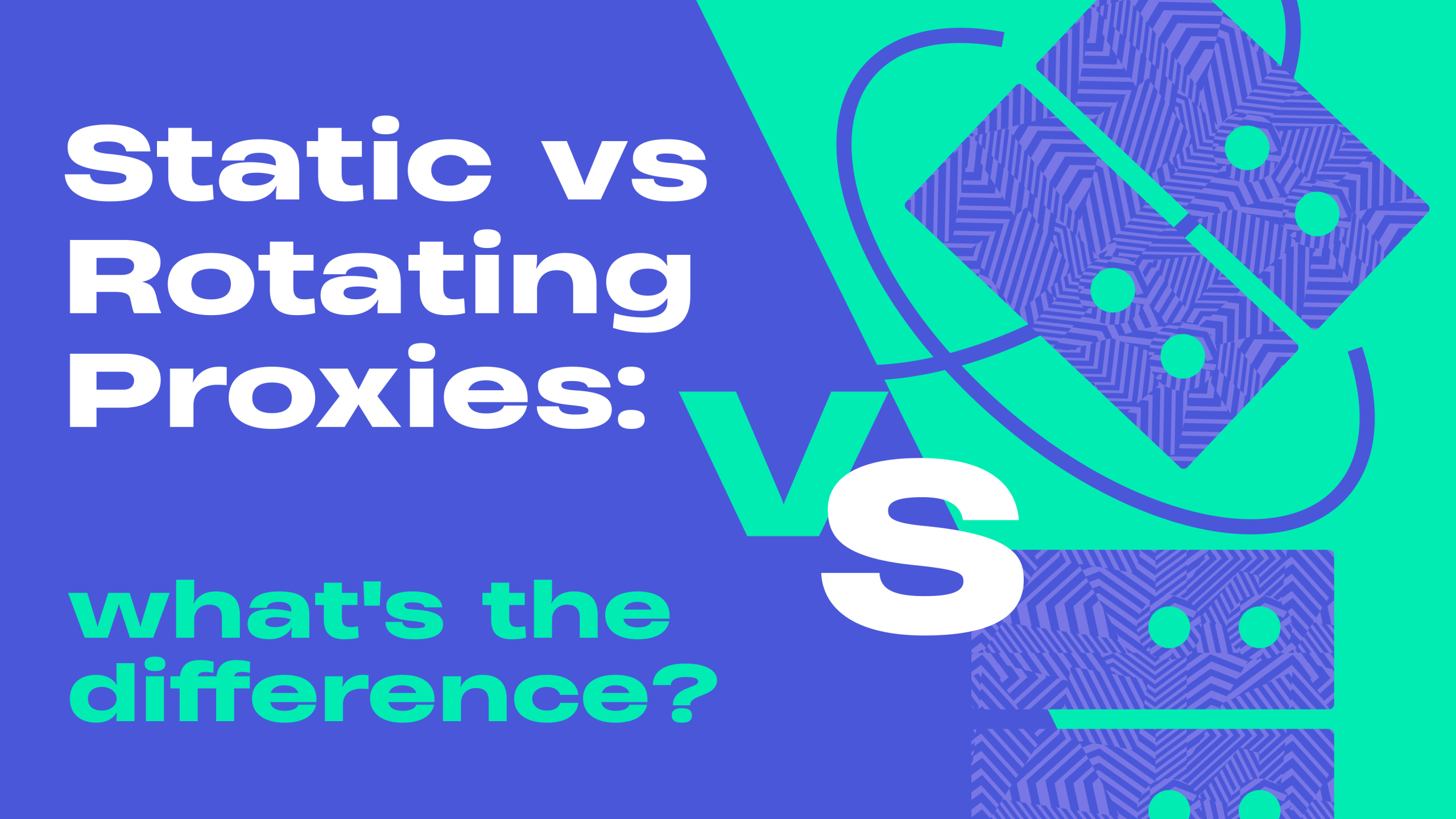
Understanding the Digital Proxy Ecosystem: Your Gateway to Advanced Network Intelligence
In the intricate world of digital networking, proxies represent more than simple technological intermediaries—they are sophisticated instruments of digital strategy, privacy protection, and online intelligence gathering. As you navigate increasingly complex digital landscapes, understanding the nuanced differences between static and rotating proxies becomes paramount to your success.
The Evolution of Proxy Technologies: A Brief Historical Context
Proxy technologies have undergone remarkable transformations since their inception. What began as rudimentary network forwarding mechanisms have evolved into complex, intelligent systems capable of sophisticated IP management, geolocation spoofing, and advanced anonymity protocols.
Static Proxies: The Stable Digital Sentinels
Technical Architecture and Operational Mechanics
Static proxies represent a cornerstone of traditional network management strategies. Unlike their dynamic counterparts, static proxies provide users with a consistent, unchanging IP address throughout their digital interactions. This stability offers unique advantages in specific operational contexts.
Imagine a digital environment where your network presence remains constant—a virtual address that remains unaltered regardless of your online movements. Static proxies create precisely this experience, offering a predictable and reliable networking solution for professionals requiring consistent digital representation.
Key Characteristics of Static Proxy Infrastructure
- Persistent IP Identity: Your assigned IP address remains constant, creating a stable digital footprint.
- Predictable Network Behavior: Ideal for scenarios requiring consistent geographical representation.
- Simplified Authentication: Reduces complex IP rotation challenges in specific digital ecosystems.
Strategic Implementation Scenarios
Static proxies excel in environments demanding sustained, consistent network interactions. Consider scenarios like:
- Managing geographically restricted online services
- Maintaining persistent social media account access
- Executing multi-step online transactions
- Supporting continuous authentication processes
Rotating Proxies: The Dynamic Network Chameleons
Advanced IP Management and Adaptive Networking
Rotating proxies represent the cutting edge of dynamic network intelligence. Unlike static proxies, these sophisticated systems continuously cycle through multiple IP addresses, creating an adaptive, fluid networking environment that responds dynamically to emerging digital challenges.
The Mechanism of Continuous IP Transformation
Rotating proxy systems leverage extensive IP pools, automatically switching between addresses based on predefined algorithms. This continuous mutation provides unprecedented levels of online anonymity and flexibility.
[IP_Rotation = {Random(IP_Pool) * Rotation_Frequency}]Strategic Advantages in Complex Digital Environments
Professionals engaged in data harvesting, market research, and advanced digital intelligence gathering find rotating proxies indispensable. Their ability to seamlessly transition between IP addresses mitigates common challenges like:
- Website blocking mechanisms
- Geographic access restrictions
- Advanced tracking technologies
Comparative Performance Analysis: Static vs Rotating Proxies
Speed, Reliability, and Network Performance Metrics
Understanding the nuanced performance characteristics of static and rotating proxies requires a multidimensional evaluation approach. Let‘s explore their comparative strengths across critical performance domains.
Speed Considerations
- Static Proxies: Consistently high-speed connections
- Rotating Proxies: Variable speed depending on IP pool quality
Anonymity Protocols
- Static Proxies: Moderate anonymity with predictable network signatures
- Rotating Proxies: Enhanced anonymity through continuous IP mutation
Network Stability
- Static Proxies: Excellent connection reliability
- Rotating Proxies: Adaptive stability through extensive IP pool management
Security Implications and Risk Mitigation
Advanced Threat Protection Strategies
The selection between static and rotating proxies significantly impacts your digital security posture. Each proxy type offers distinct advantages in protecting against emerging cyber threats and maintaining online privacy.
Static Proxy Security Landscape
- Predictable network behavior
- Easier implementation of consistent security protocols
- Reduced complexity in authentication processes
Rotating Proxy Security Architecture
- Continuous IP mutation reduces tracking probability
- Enhanced protection against sophisticated blocking mechanisms
- Adaptive network signatures that confuse potential adversaries
Emerging Technology Trends and Future Projections
The Next Frontier of Proxy Technologies
As digital ecosystems become increasingly complex, proxy technologies continue evolving. Machine learning, blockchain integration, and quantum encryption represent exciting frontiers in proxy network development.
Future proxy systems will likely feature:
- Autonomous IP management
- Predictive rotation algorithms
- Enhanced machine learning-driven anonymity protocols
Practical Implementation: Choosing Your Optimal Proxy Strategy
Decision Framework for Proxy Selection
Selecting the right proxy solution requires a strategic, holistic approach. Consider these critical factors:
- Project-Specific Requirements: Align proxy characteristics with precise operational needs
- Performance Metrics: Evaluate speed, reliability, and anonymity requirements
- Budget Constraints: Balance technological capabilities with financial considerations
- Scalability Potential: Ensure your chosen solution supports future growth
- Security Prerequisites: Prioritize robust threat protection mechanisms
Conclusion: Navigating the Complex Proxy Landscape
Proxy technologies represent far more than simple network intermediaries—they are strategic tools enabling sophisticated digital interactions. Whether you choose static or rotating proxies depends on your unique operational context, performance requirements, and strategic objectives.
Key Insights for Digital Professionals
- Understand your specific networking challenges
- Match proxy architecture with precise project requirements
- Continuously evaluate and adapt your proxy strategy
- Prioritize both security and performance
The digital landscape continues transforming, and your proxy strategy must evolve in tandem. By developing a nuanced understanding of static and rotating proxies, you position yourself at the forefront of digital networking intelligence.






